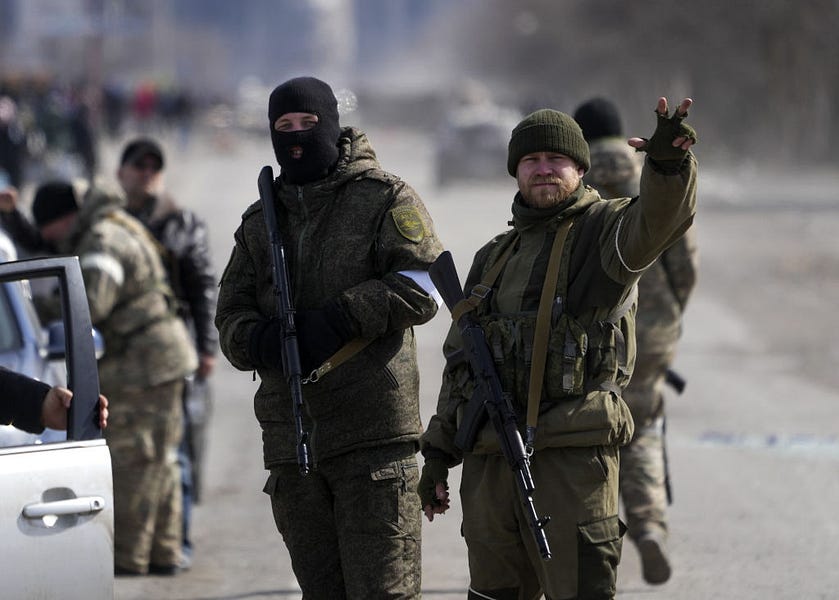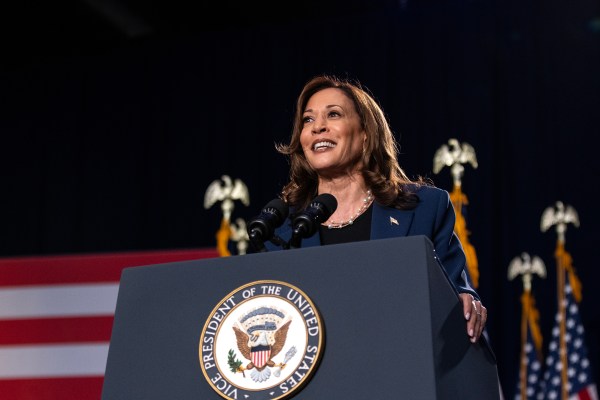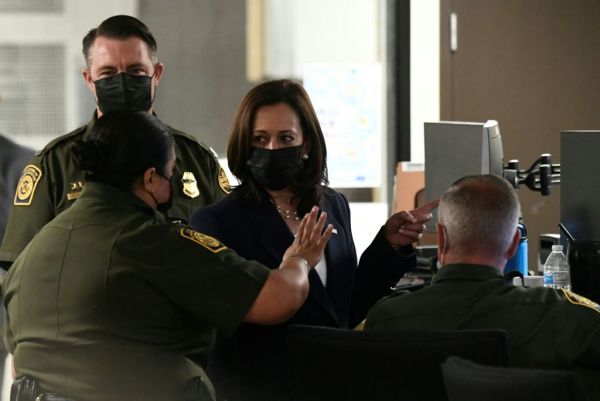Before Russian troops entered their streets more than 20 days ago, the residents of Kherson, Ukraine, enjoyed a quiet existence in the modest but budding economic port city. The southern hub of just over 280,000 people boasted one of the region’s oldest universities, thriving maritime trade, a 230-year-old cathedral, and surrounding land ideal for melon and squash cultivation.
It had also invested in modern luxuries, including the well-loved Fabrika Mall, a sizable complex complete with American and western European retailers. But Russian forces leveled the shopping center, one of Kherson’s major revenue generators, in the earliest days of their advance. “It seems the Russian army has confused us with a NATO base and has decided to ‘liberate’ us,” Fabrika Mall posted on its Facebook page, offering a sad commentary on the disparity between Russia’s stated goal of liberating Ukraine’s people and its flagrant targeting of noncombatants. As of Wednesday, the Office of the U.N. High Commissioner for Human Rights assessed that at least 977 Ukrainian civilians, but likely many more, had been killed in Vladimir Putin’s war of aggression.
Many of them were in Kherson, the first Ukrainian city to fall to Russian forces. The administrative center and its surrounding region, Kherson Oblast, witnessed the conflict’s earliest fighting as invading forces from Russian-occupied Crimea pushed northwest toward Mykolaiv and Odessa and northeast to establish a land corridor to Ukraine’s eastern Donbas region, home to the Kremlin’s proxy states. In the wake of their advance, the Russians left behind occupying forces, who now hold the entire oblast.
Military clashes in Kherson proper have since slowed, but its civilians’ fight for survival continues as they face an impending humanitarian crisis and the brutality of Russian occupation. Evacuation remains virtually impossible, with enemy forces surrounding the city on all sides and continued Russian reluctance to establish viable humanitarian corridors. Russian propagandists, meanwhile, are continuing a years-long campaign to paint Kherson as the center of anti-Ukrainian and pro-Russian activity.
The crisis began on March 2, when Kherson’s mayor said that “armed visitors” had forced their way into the city council and urged residents to observe a curfew, avoid walking together in large groups, and drive at slow speeds when delivering medicine, food, and other supplies. Ever since, the city’s government has remained in a state of pseudo-autonomy, carrying out municipal tasks like removing garbage and restoring power lines while Russian soldiers patrol the streets and hold the area’s perimeter.
In recent weeks, one of its most vital functions has been tracking down and distributing the city’s remaining food and medicine, particularly to the elderly, young children, and people with disabilities. But this role has proven increasingly difficult as critical supplies run out. Russian forces reportedly plundered or destroyed pharmacies, grocery stores, and other local businesses upon entering the city and have since cut off its access to outside relief. One Kherson local told The Dispatch that Russian forces turned away 14 trucks carrying humanitarian aid from the Ukrainian government.
Residents also face long lines and looters as they seek Kherson’s dwindling food supply, though locals have developed an effective strategy to deal with the looters: taping them to street lamps and identifying them as thieves with printed signs.
But while some private citizens have resorted to banditry, many more have devoted their time and resources to helping the city avert mass food shortages. One such volunteer is Neil Predmestnikov, who told The Dispatch that Putin is deploying his time-tested tactic of “artificial starvation” in Kherson. The goal is two-fold: to create leverage (i.e., hostages) for Russia going into any peace negotiations with Ukraine and to establish its military as the sole humanitarian channel to the region. According to the local government, Russian forces have even taken to planting landmines along safe routes to prevent the delivery of outside support.
By monopolizing aid, the Russians hope to pull Kherson into Moscow’s fold—or at least convince the outside world of its alleged pro-Russian leanings. Kremlin propagandists have blamed the city’s creep toward starvation not on the Russian instigated war, for example, but on the Ukrainian government’s purported failure to pay wages or deliver social welfare prior to the city’s “liberation.” Russian forces reportedly circulate leaflets promising economic relief in an effort to win over locals.
While many Kherson residents continue to refuse Russian assistance (its means of controlling the population) to many, the alternative is starvation. “They blocked the city from humanitarian help from the Ukrainian side, in order to push people to supply Kherson with Russian humanitarian aid,” Predmestnikov told The Dispatch. “Because we just don’t have any food, especially older people.”
The resource blockade allows the occupation forces to film and photograph the distribution of Russian aid for broadcasts to Russians. But the Kremlin’s designs on Kherson long predate the multi-pronged ground invasion. As far back as 2012, pro-Russian organizations launched a concerted campaign to spread disinformation in Kherson’s academic and social institutions. In early February, roughly three weeks before the war’s start, Russian state media published the remarks of a former Ukrainian general who claimed that Kherson—along with Kharkov, Dnieper, and Odesa—“dreamed” of joining the Russian federation.
One Russian plan for Kherson, it now appears, is its incorporation into a “Novorussian” state with the so-called Donetsk and Luhansk people’s republics. Such a plan for eastern Ukraine was articulated during Moscow’s first invasion of Ukraine in 2014, but its planned reach might be much broader this time around. In an “expert analysis” published by the Russian state-run RT news outlet, a Putin-friendly think-tanker proposed a “Novorussian people’s republic, with a capital situation near Kherson in the south,” as “an alternative to the incumbent Kyiv government.”
The Russians have begun to lay the groundwork for another breakaway state on the municipal level in Kherson. On March 10, Russian state-run Sputnik and RT reported, city residents founded a “new governing body” called the “Rescue Committee for Peace and Order.” The group’s leaders reportedly expressed “the need to establish economic and socio-cultural ties with Russia,” according to Sputnik.
As is the case elsewhere in Ukraine, Moscow underestimated the level of resistance it would encounter in Kherson. On March 17, the region’s prosecutor opened a criminal investigation into the “fake authority” pushing for cooperation with the Kremlin. And almost every day since the occupation began, people of all ages have taken to the streets for pro-Kyiv rallies, shouting “fascists” at Russian soldiers and waving Ukrainian flags. In one instance, a group of civilians confronted a Russian military vehicle directly, yelling “go home!” at its passengers.
Unsurprisingly, Russian forces have responded with repression. The biggest crackdown on protesters to date was Monday, when troops opened fire and launched stun grenades at a gathering in Liberty Square. At least one person was injured. There have also been behind-the-scenes efforts to root out individual participants in the demonstrations, one Kherson resident told The Dispatch. The occupying forces have reportedly searched homes and confiscated electronics to look for evidence of involvement in nationalist activities.
Just as popular pro-Ukraine demonstrations undermine Russian attempts to rebrand Kherson as pro-Kremlin, so too do efforts by locals to rebuff Russian aid by distributing other food supplies. According to Predmestnikov, the student-turned-volunteer, the Russians have also begun to target civilians for simply trying to ward off the looming humanitarian catastrophe: “They’re fighting not only with activists, but also volunteers who are just helping people.”









Please note that we at The Dispatch hold ourselves, our work, and our commenters to a higher standard than other places on the internet. We welcome comments that foster genuine debate or discussion—including comments critical of us or our work—but responses that include ad hominem attacks on fellow Dispatch members or are intended to stoke fear and anger may be moderated.